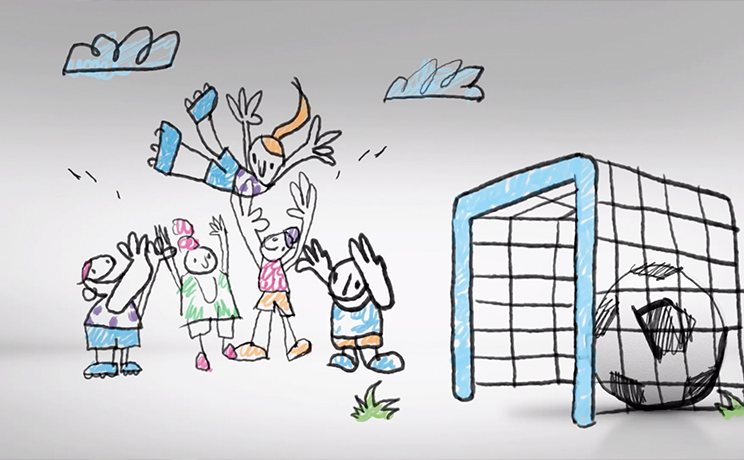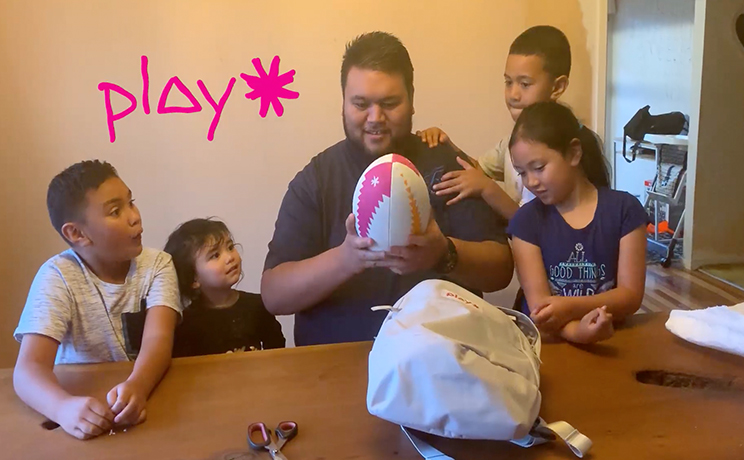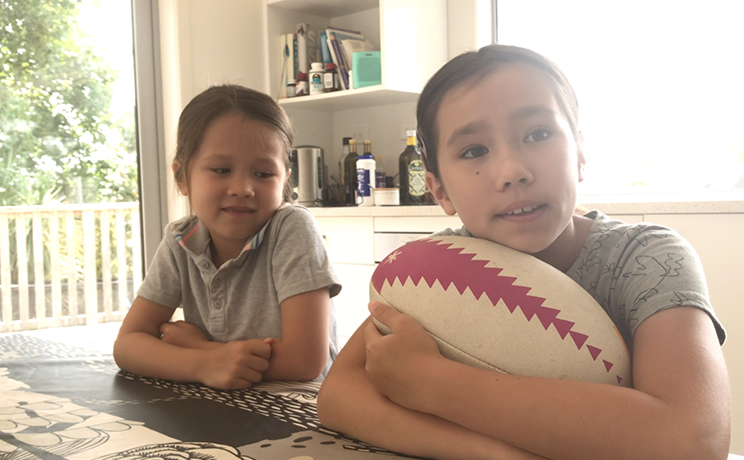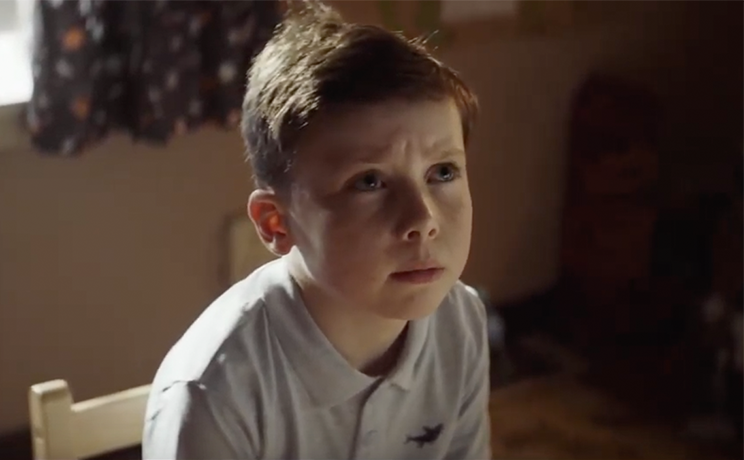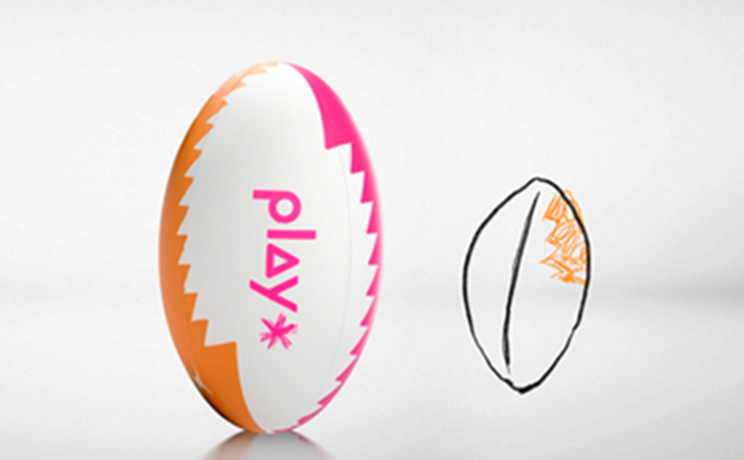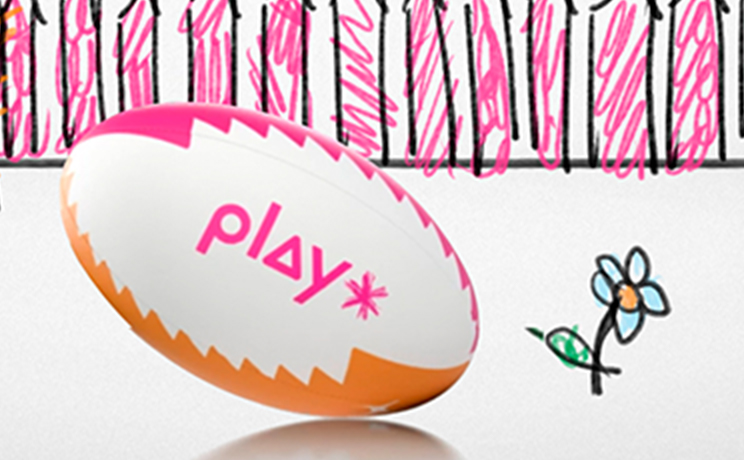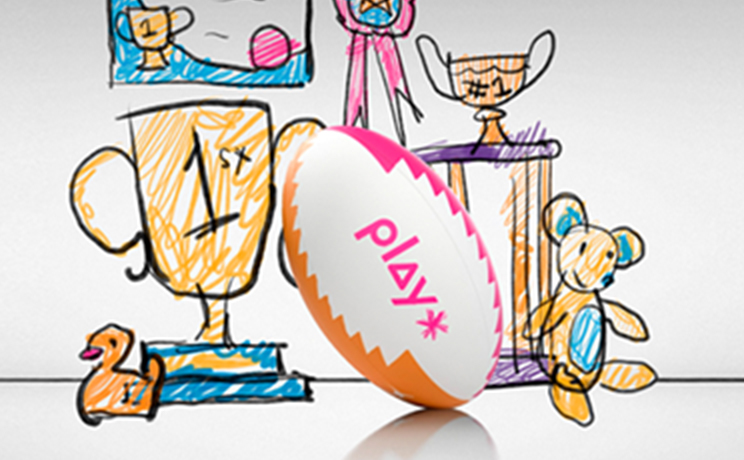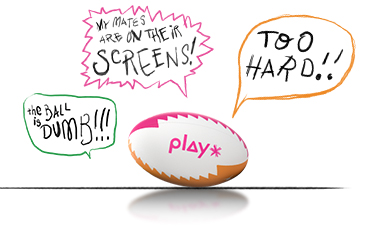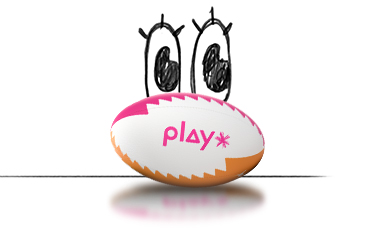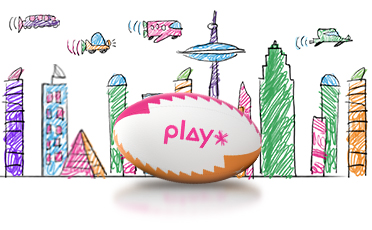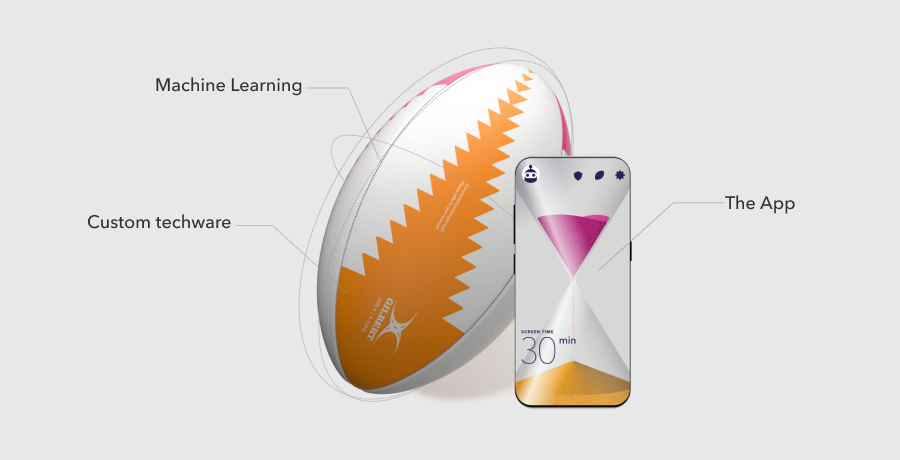What is Play by Spark?
Play by Spark is a prototype smart ball and app designed to help families balance screen time with active playtime. It’s Spark’s latest initiative to help children build a better relationship with technology. The ball acts as a tool for conversations around screen time, and teaches children how to self-regulate early on, so they grow up developing positive digital habits.
Who created Play?
We've partnered with ball manufacturer Gilbert and creative technology company Nakatomi to create Play by Spark.
Who was eligible for the trial?
We carefully selected trialists from around the country. We wanted to make sure we had a diverse selection of New Zealand families – so we could learn as much as possible about playtime.
How does Play by Spark work?
The smart ball automatically wakes up when in use and begins tracking the amount of time spent in active play. Using a Bluetooth connection, the ball then syncs up to a nearby device with the Play by Spark app installed.
Play by Spark uses an accelerometer and a gyroscope as the main source of “information” about how it’s being used. The ball then translates the data into the app and only allows the same amount of screen time as the amount of time spent playing with the ball. In simple terms, one minute of playtime is exchanged for one minute of screen time.
The ball is charged using a wireless charging dock and after one minute of all activities ceasing, the ball turns off automatically and enters a deep sleep mode.
Is this product available for purchase?
The short answer is no. Play by Spark is a prototype ball that was trialled by families across New Zealand. If enough people register, then this first phase of development might turn into a second, and then everyone might eventually have access to Play by Spark.
What happens when I register my interest?
Although it’s not currently available to the public, Spark are asking Kiwis to get involved with Play by Spark to help shape the development of this exciting project. Those that register will be the first to know when it is available.
Why did you choose a rugby ball?
We considered many options but chose a rugby ball given our New Zealand trial happened during the 2019 Rugby World Cup. It’s also a sport much loved by Kiwi families and we will look to add different balls in time.
Are there plans to create alternative balls or other devices in the future?
While the prototype is a rugby ball, Spark is looking into other toys and objects that the technology can be integrated into.



